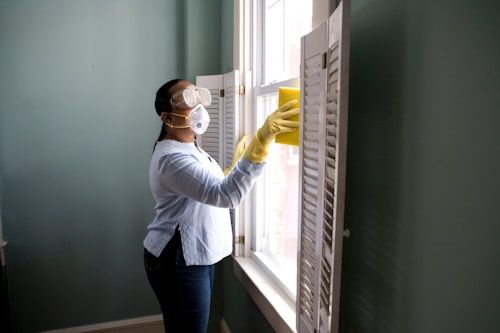
Interior House Painting
Transform your home's interior with precise prep, premium paints, and careful finishing for long-lasting results.
Trusted local house painters providing quality interior and exterior painting, deck staining, power washing, and cabinet painting.

Transform your home's interior with precise prep, premium paints, and careful finishing for long-lasting results.

Protect and beautify your exterior with weather-resistant coatings and careful surface prep.

Prolong the life of your wood deck and enhance its appearance with premium stains and sealers.

Safe, effective power washing to remove dirt, mildew and prepare surfaces for painting.

Professional cabinet refinish and paint services — fast, clean, and cost-effective kitchen updates.

Careful wallpaper removal and wall prep to ensure a smooth finish for painting.

Professional gutter cleaning to protect your home from water damage and maintain proper drainage.

Comprehensive home maintenance services to keep your property in excellent condition year-round.
"Excellent work! Very professional and the results exceeded our expectations. Our house looks brand new."
Sarah M. - Dennis, MA
"Great attention to detail. They were punctual, clean, and the price was very fair. Highly recommend!"
John R. - Harwich, MA
"Best painters on Cape Cod! They transformed our deck and it looks amazing. Will definitely use them again."
Lisa K. - Orleans, MA
Contact us today for professional painting services on Cape Cod. We'll reply quickly!
Or call us directly: (508) 360-0799
We respond within 24 hours!